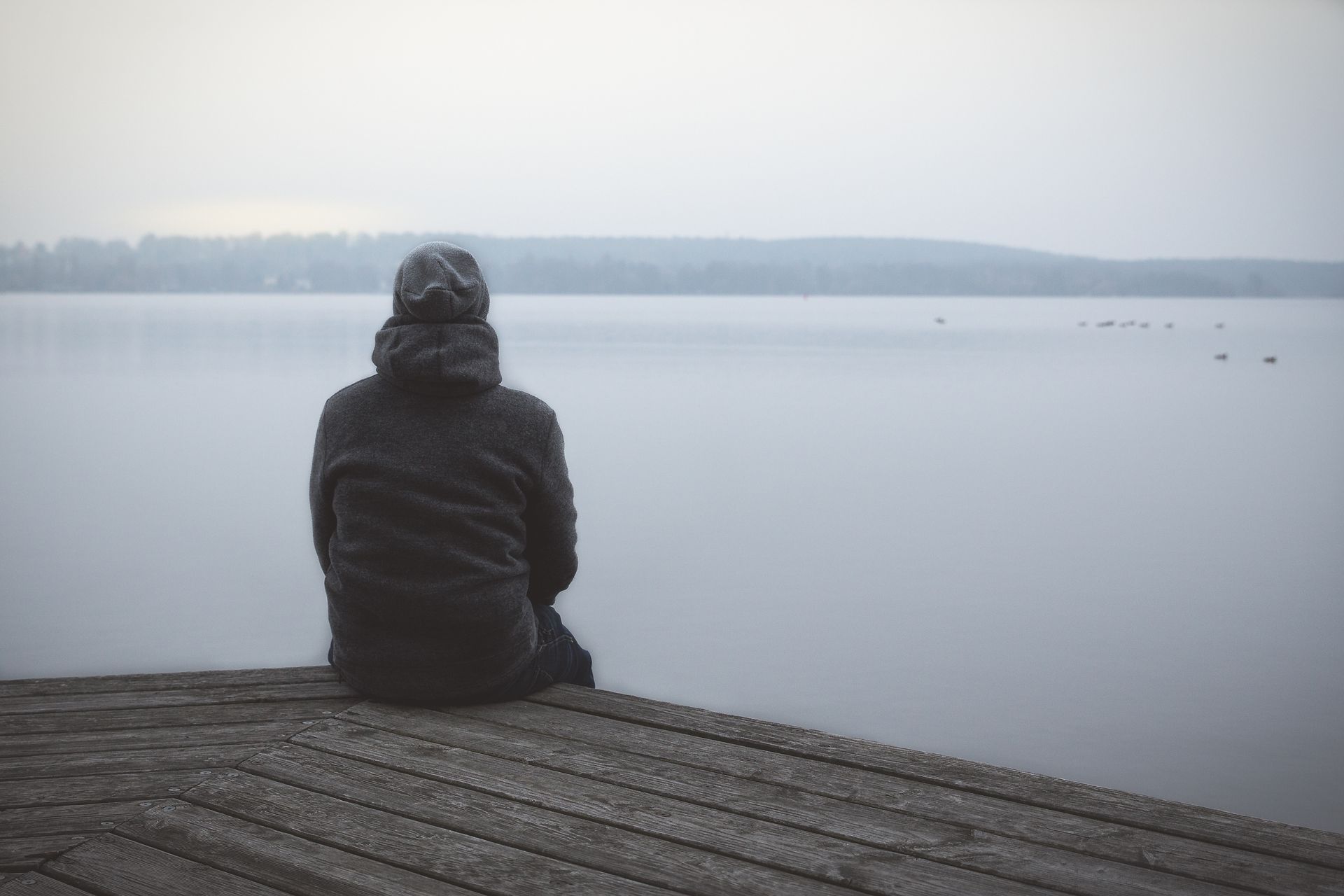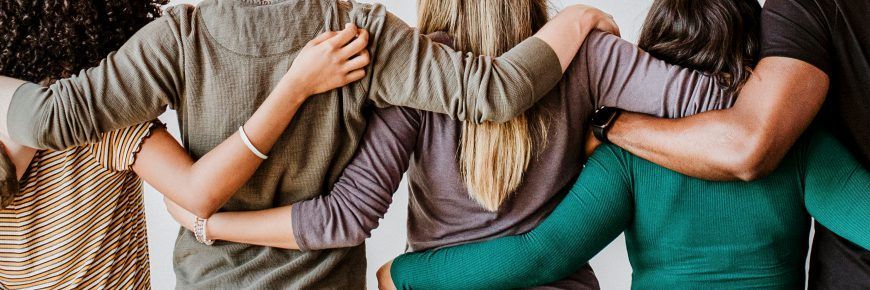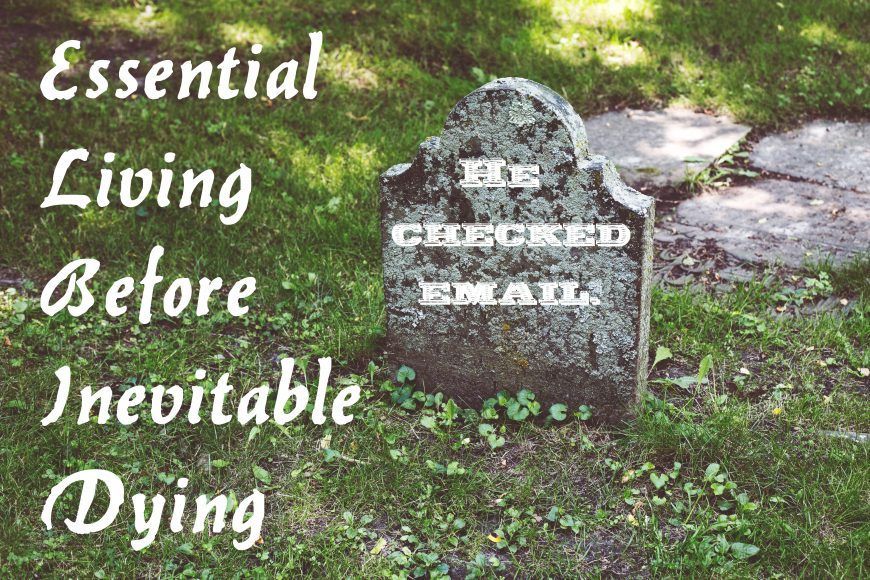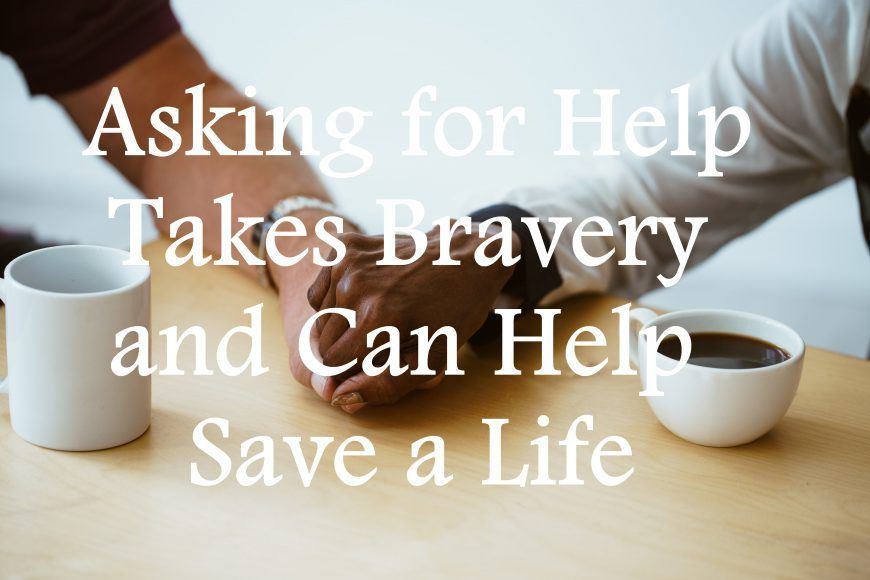In the moments leading up to a funeral, clothing is probably the last thing you are thinking about. If you are dealing with a loss, there are so many things to deal with including planning, costs, contacting friends and family, posting obituaries, etc. What you’re going to wear the day of the funeral is usually last on the list of priorities. If you are simply attending a funeral, this may also be low on your list of priorities. Like it or not, clothing says a lot of about you, your intentions, your respect and your recognition of loss. Making sure your clothing choices are appropriate, due to religious circumstance and/or respect should be of high importance. We are also going to assume that you know to wear a suit, or at the very least, a very nice, dark sweater and dress pants. With this in mind, Qeepr presents part 1 of our 2 part series on what to wear to a funeral. Part 1 will focus on what men should wear and part 2 will focus of appropriate funeral attire for women.
What to Wear:
1. Colours
Black. You should probably wear black but grey or dark navy are also fine. It is ok to accessorize a muted tie or pocket square with a black or grey suit but you should never attempt to stand out at a funeral. Your shirt should be white or a dark tone and your shoes should be black if you’re wearing a black suit or black/dark brown if wearing a grey or dark navy suit.
2. Fitted suit
This is more of a tip for every day life. You can own a 1000$ suit made of high quality wool, and it’ll look like a bargain bin find if you do not get it tailored. Tailoring a suit is not very expensive, running anywhere from 25$-75$ depending on what needs to be done. When buying a suit, make sure the shoulders fit well and then the rest can easily be mended. A good tip for those of you on a budget: buy a 100$ suit from H&M or another cheap retailer and have it tailored. A “cheap” suit will look like a million bucks!
3. Shine your shoes!
Next time you’re in a public space such as a city bus or metro…pay attention to people’s eyes. Often the first glance people take is downward. A nice suit is ruined by dirty shoes. Take a moment and shine your shoes. You can buy cheap kits at any pharmacy or shoe store and it is worth the 2 minutes it takes.
4. Other tips
You should shave your face or maintain your facial hair. If you’re hip and bearded, conditioning your beard and combing it will help bring those frizzles under control. You should also bring a black umbrella with you as you never know what the weather has in store.
Religious Attire & Personalized Funerals:
Chances are you will have to attend a funeral for someone who is not a part of your faith community or cultural background. In these cases, it is probably a good idea to Google proper attire for these funerals. Jewish funeral services will require men to cover their heads with a kippa. Luckily most synagogues and funeral homes will provide free ones at the entrance. Some Muslim funeral services may require you to remove your shoes before entering. Buddhist funeral services may have no dress code whatsoever(in which case the man with the suit and shined shoes will be out of place).
A final note on personalized funerals. In recent years, many people have opted to have “fun” funerals or hold parties instead of traditional services. If this is the case, please contact the family to ask what is appropriate or use your best judgement and dress accordingly. You may not want to wear a black suit, tie and shoes, however a simple sweater and dress pants or dress shirt and dress pants combo would still be a good idea. You can always dress up with the intention of dressing down.












